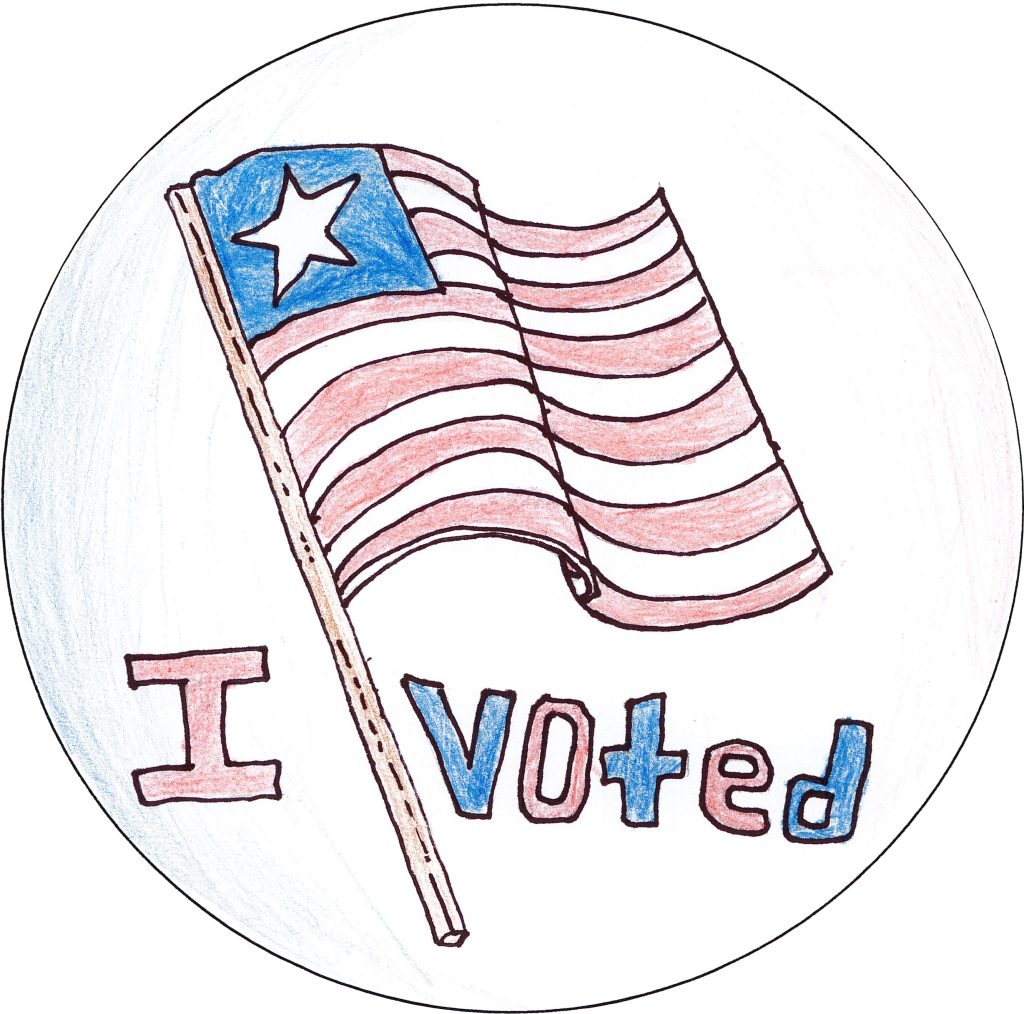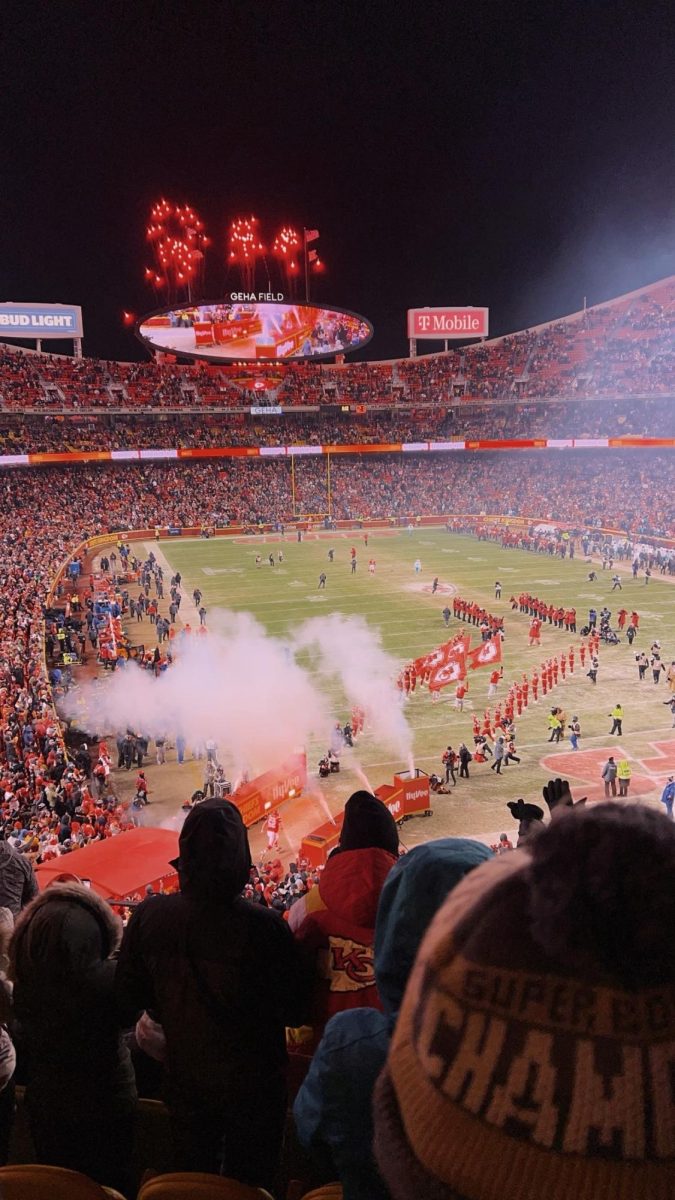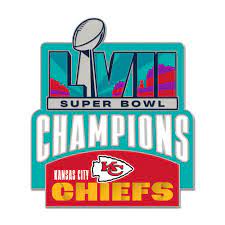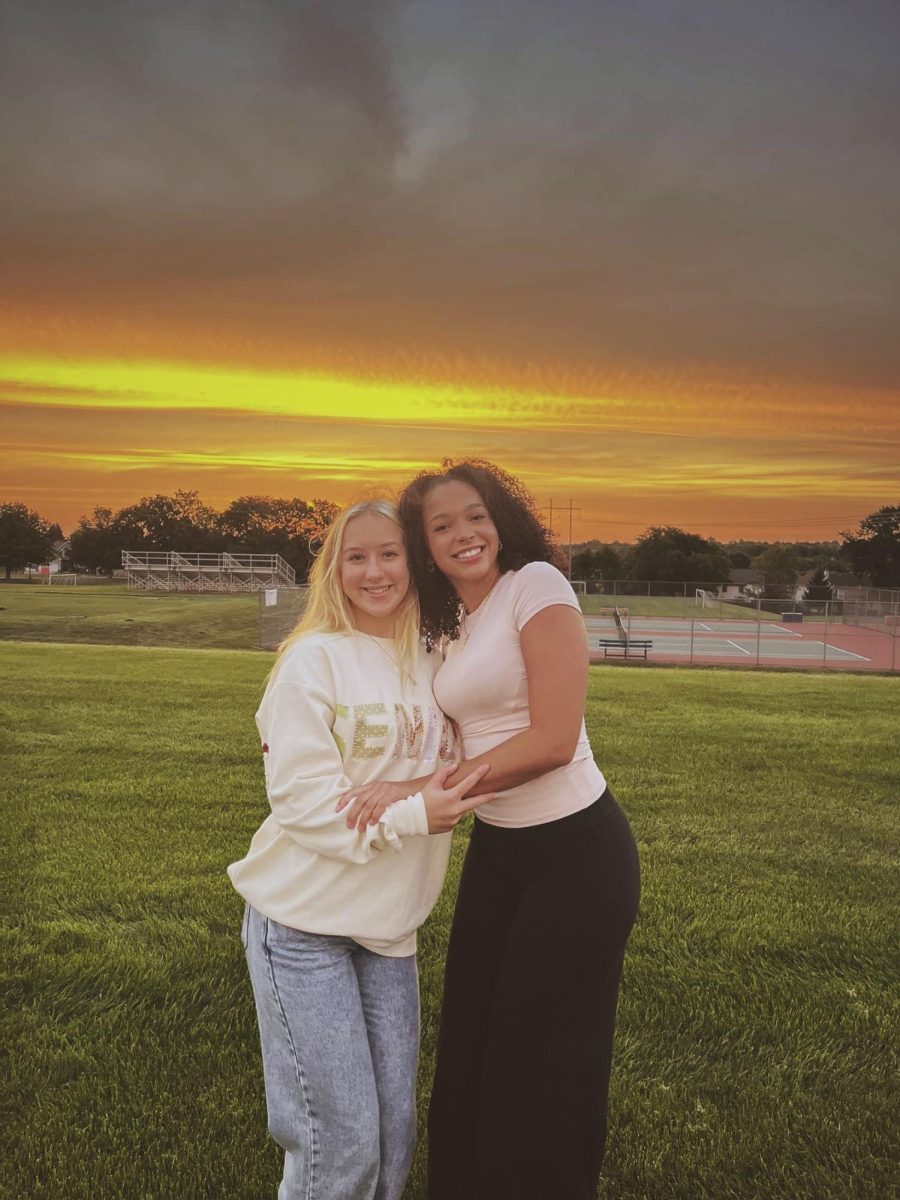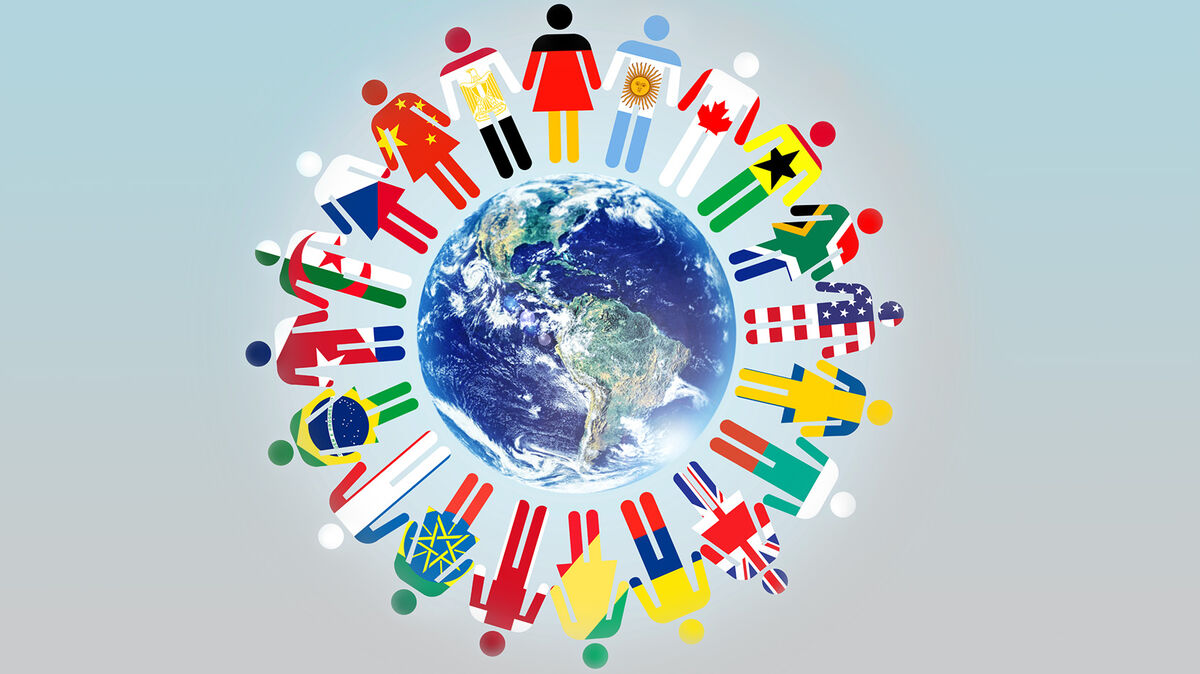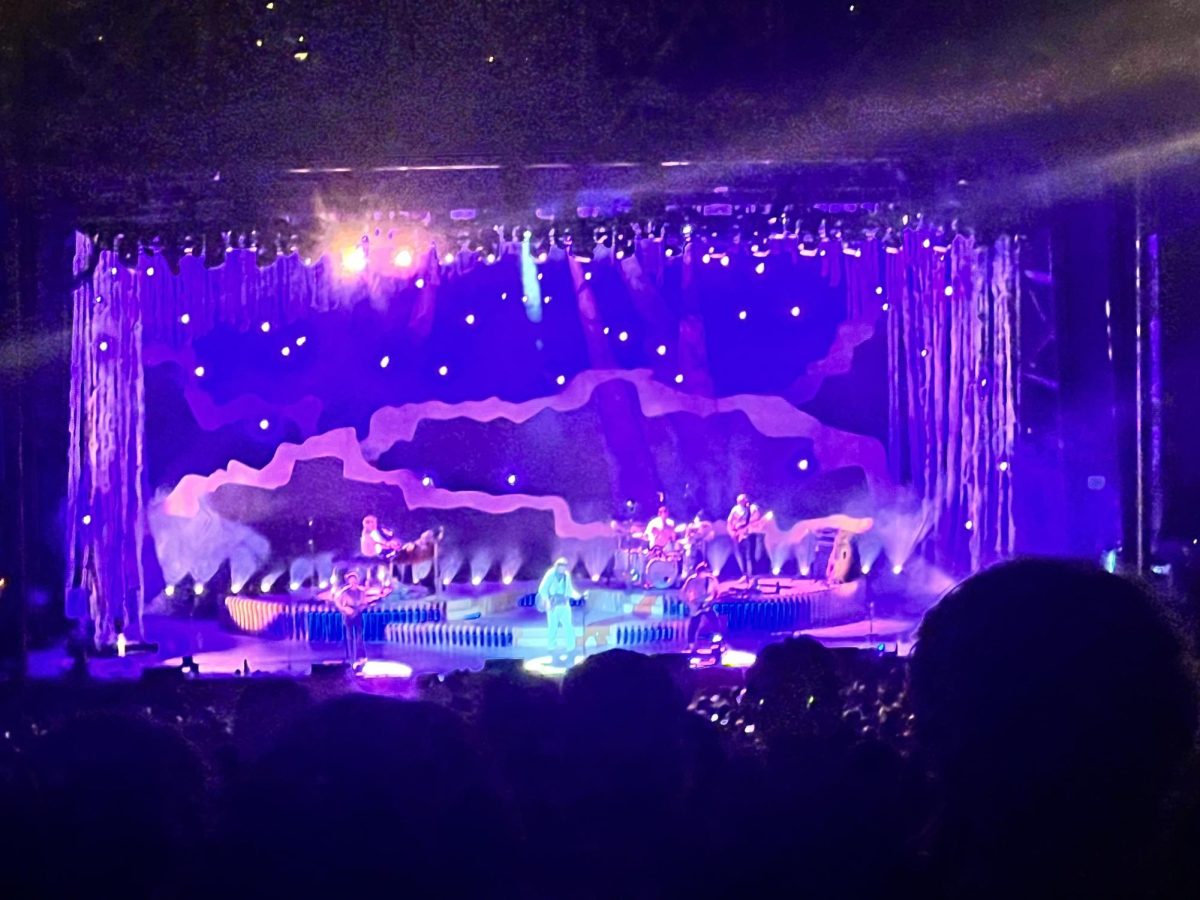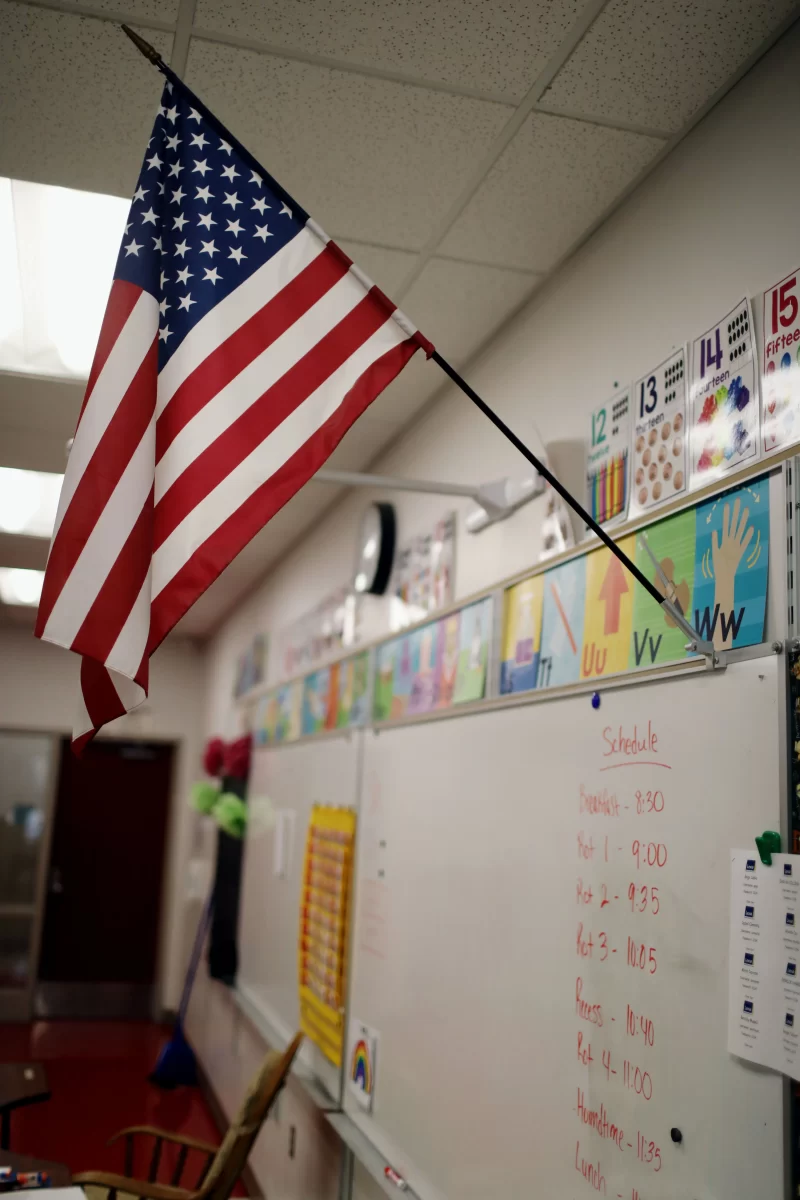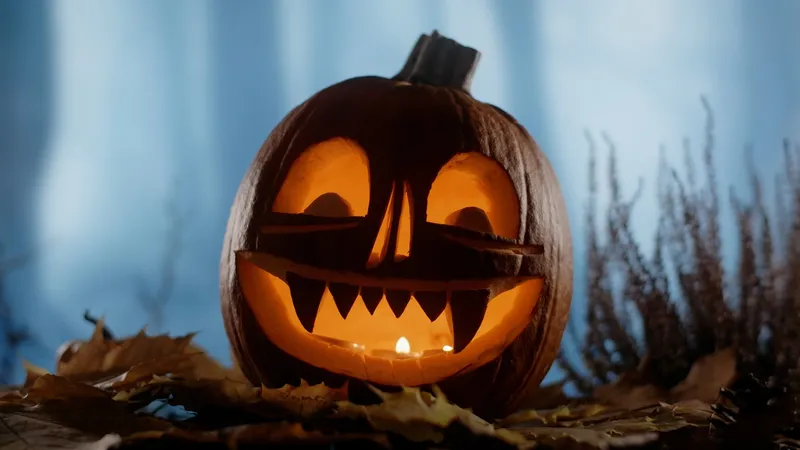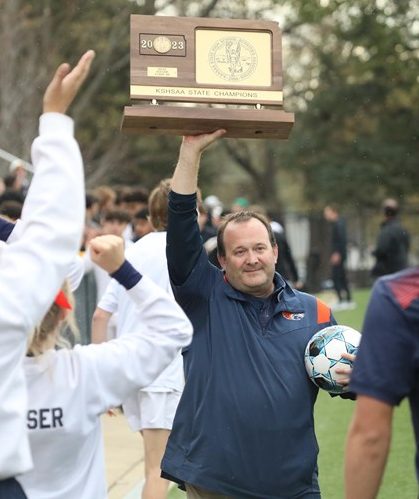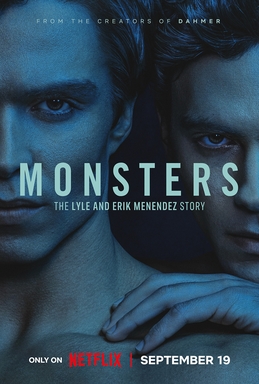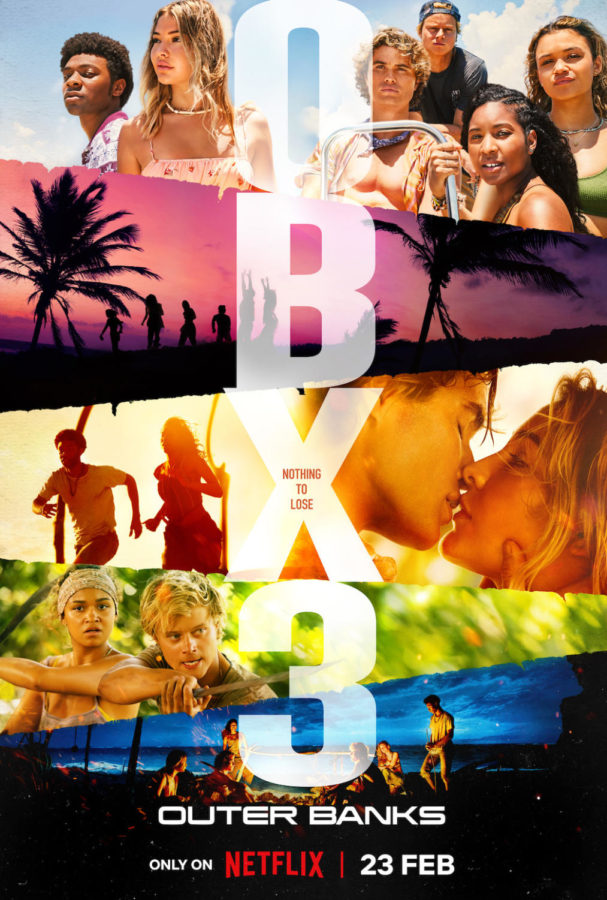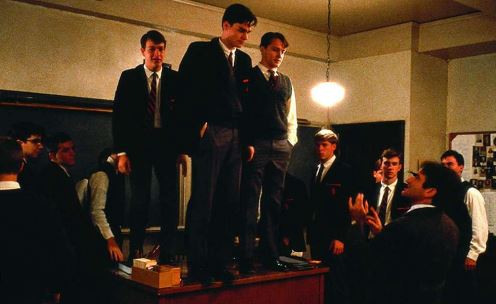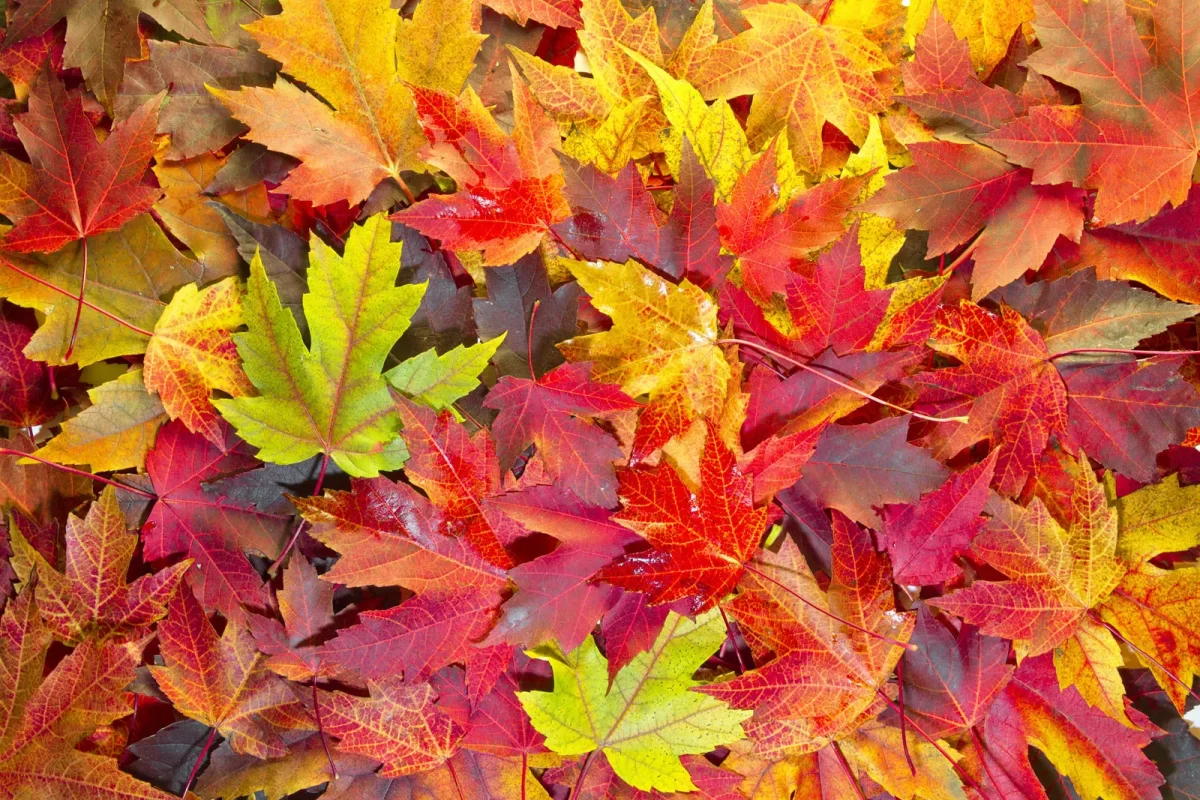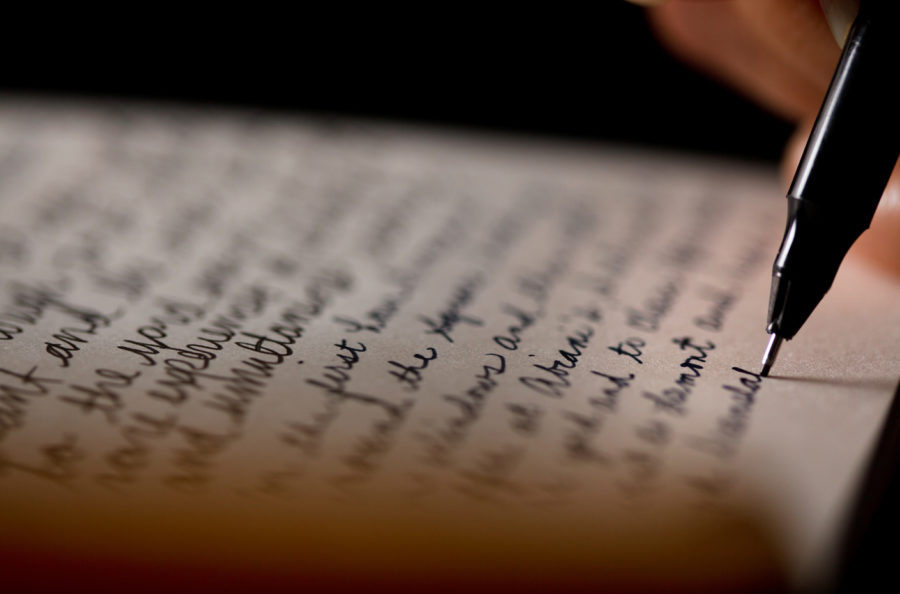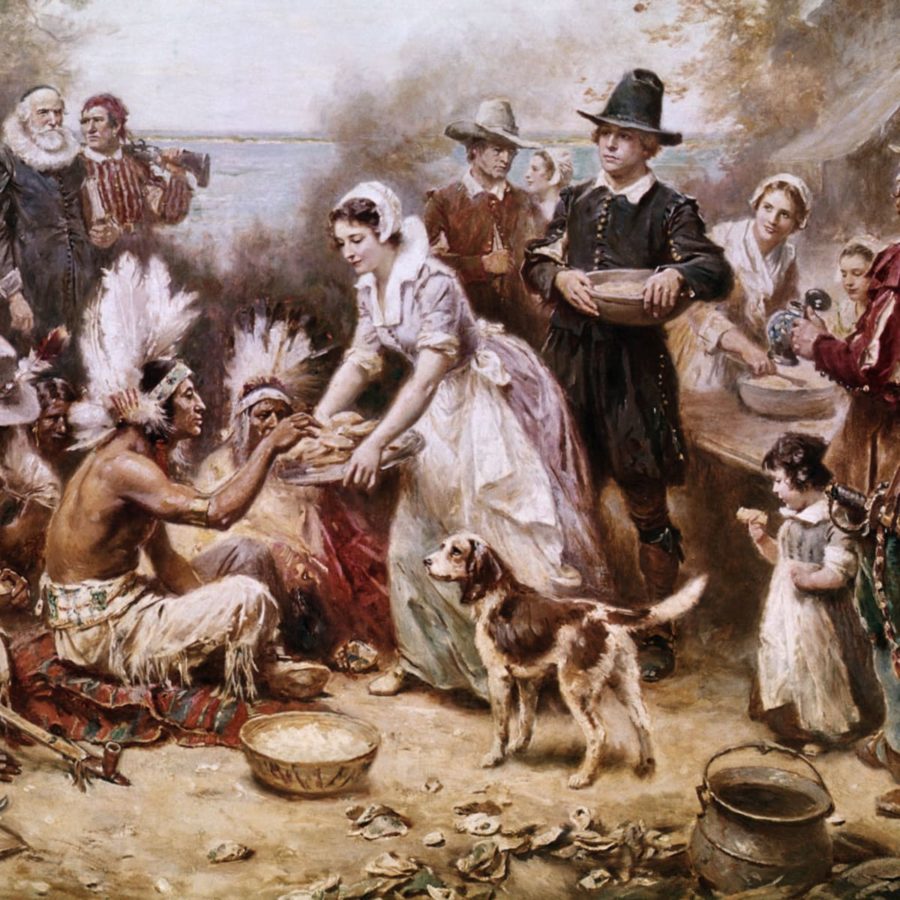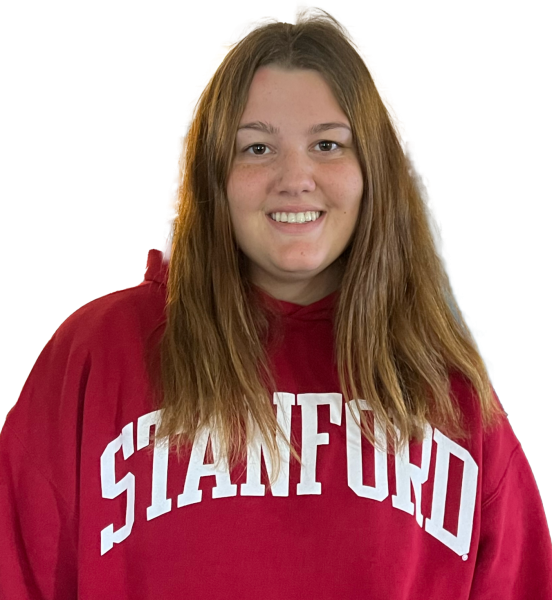The Origins of Thanksgiving
November 19, 2021
Thanksgiving has been a holiday celebrated in America since 1621. It carries several traditions, such as large family gatherings that turn into large family arguments, a beautifully laid out feast that the whole family can sit around.
Unless you’re over the age of 16 then you are banished to the kid’s table, where you have to sit with that one weird cousin that just learned how to shower without his mom helping him. And of course, the only cousin you actually like has been upgraded to the adult table and is never gonna pass up the chance to not have to sit at the sticky kid’s table again.
But why do we celebrate this holiday? In September 1620, a small ship called the Mayflower left Plymouth, England, carrying 102 passengers. After 66 days they landed on the tip of Cape Cod, Massachusetts. One month later, the Mayflower crossed Massachusetts Bay, where the Pilgrims began the work of creating a village at the new Plymouth.
Through the first brutal winter, most of the pilgrims stayed on the mayflower, where they suffered from exposure, scurvy, and outbreaks of contagious disease. Only half of the Mayflower’s original passengers and crew lived to see their first New England spring.
In March, the remaining settlers moved ashore, where they received a visit from a member of the Abenaki tribe who greeted them in English. He later returned with Squanto, a member of the Pawtuxet tribe. Squanto taught the Pilgrims, who were weakened by malnutrition and illness, how to harvest corn, extract sap from maple trees, catch fish in the rivers and avoid poisonous plants. He also helped the settlers create an alliance with the Wampanoag, a local tribe, which would last for more than 50 years and remains one of the only examples of harmony between European colonists and Native Americans.
In November 1621, after the Pilgrims’ first corn harvest was successful, Governor William Bradford organized a celebratory feast and invited a group of the colony’s Native American allies, including the Wampanoag chief Massasoit.
Now, this day is remembered as America’s “first Thanksgiving” although the Pilgrims themselves may not have used the term at the time the festival lasted for three days. Historians think that food served at the first thanksgiving used traditional Native American spices and cooking methods.
Because there were no ovens no pies, cakes, or other baked goods were served even though pumpkin pie is a staple dish at most modern-day thanksgiving celebrations. It has been most commonly said that their dessert was mostly dried fruits. So be happy we live in today’s day and age where you can try a bite of 7 different pies each of which worse for you than the other.

